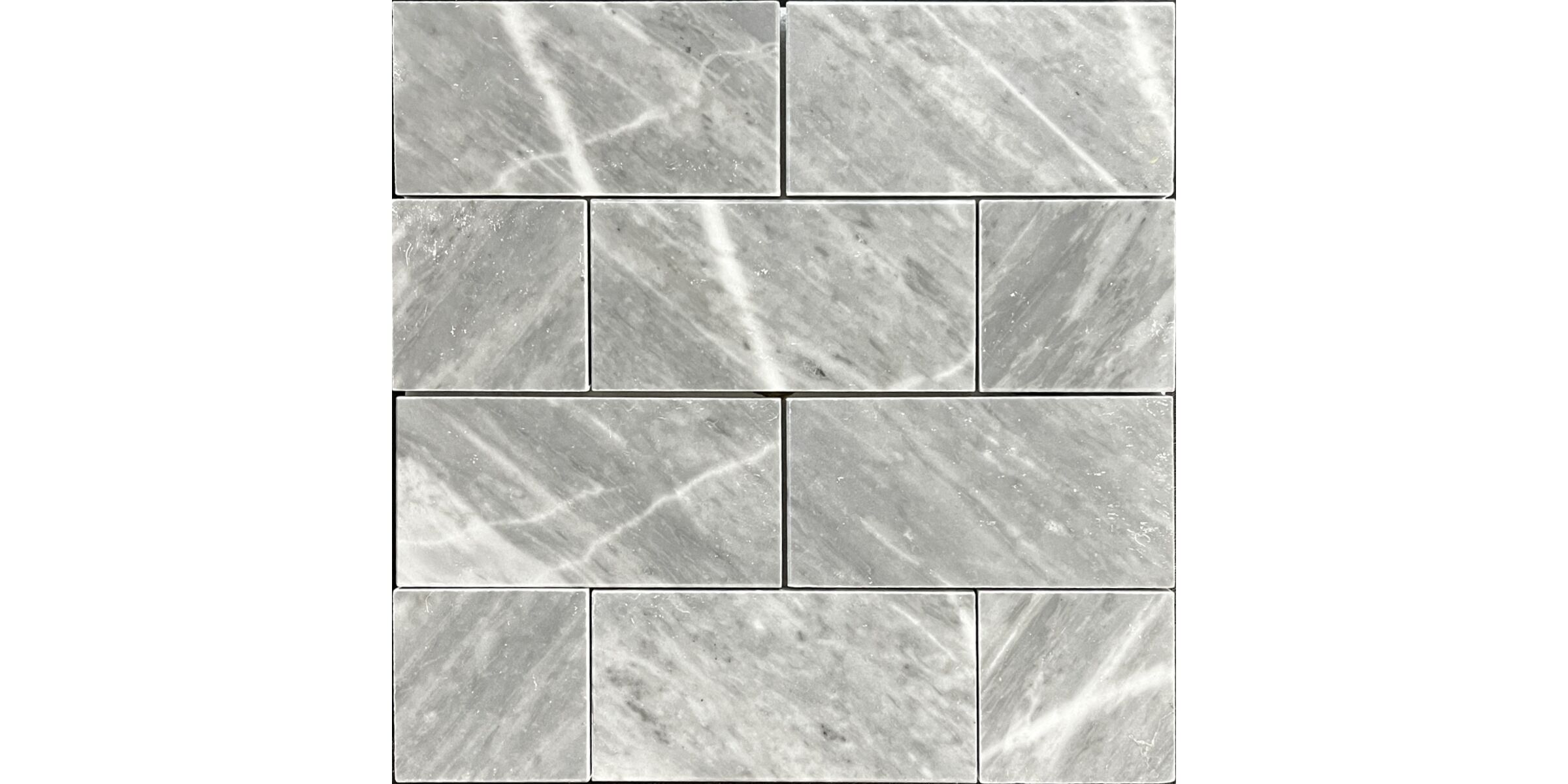What is the rule for a kitchen backsplash? When designing or renovating a kitchen, one of the key decisions you’ll face is choosing a backsplash. A kitchen backsplash not only protects the walls from spills and splashes but also adds a significant style element. While there’s no one-size-fits-all rule, certain guidelines can help you create a backsplash that complements your kitchen beautifully.
1. Define the Purpose
Before diving into aesthetics, decide what the primary function of your backsplash will be. Is it purely functional, to prevent stains on the walls, or is it also a design statement? For high-traffic kitchens, durability and ease of cleaning should be a priority.
2. Consider the Height
A standard kitchen backsplash typically extends from the countertop to the bottom of the upper cabinets, around 15-18 inches. For a more dramatic effect, a full-height backsplash can extend up to the ceiling, especially behind the stove or sink. This is ideal if you want to highlight beautiful materials like marble, quartz, or ceramic tiles.
3. Coordinate with the Countertop
One of the most important design rules is to coordinate your backsplash with your countertop. If you have a busy or bold countertop, opt for a more subtle backsplash to avoid visual overload. For example, a simple subway tile or monochromatic backsplash can balance a patterned or vibrant stone countertop.
On the other hand, if your countertop is more neutral or plain, you can experiment with more adventurous designs, such as patterned tiles, bold colors, or unique textures.
4. Choose the Right Material
Common backsplash materials include tile, stone, glass, metal, and even wood. Each material offers different benefits:
- Tile: Easy to clean and versatile in design. Subway tiles, mosaics, and hexagon tiles are popular choices.
- Stone: Marble, quartzite, or granite can offer a luxurious, seamless look, especially when matched to the countertop.
- Glass: Sleek and modern, glass backsplashes are reflective, making small kitchens feel bigger.
- Metal: Adds an industrial or modern touch, often used in stainless steel or copper finishes.
- Wood: Adds warmth and a rustic touch, though it requires sealing to protect from moisture.
5. Pay Attention to Scale
When choosing a tile or design pattern, the size of the tile matters. Smaller tiles work well in compact kitchens, while larger tiles or slabs can open up the space in a larger kitchen. Using large-format tiles or a continuous slab also reduces grout lines, making the backsplash easier to clean.
6. Plan the Layout
The layout of your backsplash can affect the overall aesthetic of the kitchen. Traditional horizontal tile patterns are classic, but more creative options include vertical tiles, herringbone patterns, or even geometric shapes. Decide if you want a uniform look or something more eye-catching.
7. Balance Colors
Backsplashes offer a great opportunity to play with color. Neutral tones like white, grey, and beige are timeless and versatile. However, don’t be afraid to add a pop of color that complements your cabinetry, walls, or appliances. If you’re unsure, you can always try sample tiles to visualize the color in your space.
8. Don’t Forget the Details
Little details like grout color can have a big impact. A contrasting grout color can make the tile pattern stand out, while a matching grout color creates a more seamless look. Also, ensure that the backsplash is sealed properly, especially if you’re using materials like stone or wood that are prone to water damage.
Final Thoughts
When it comes to kitchen backsplashes, what is the rule for a kitchen backsplash is to design for both function and style. Make sure it fits your lifestyle, enhances your kitchen’s aesthetic, and complements the other design elements. By following these guidelines, you can create a backsplash that’s both beautiful and practical.

